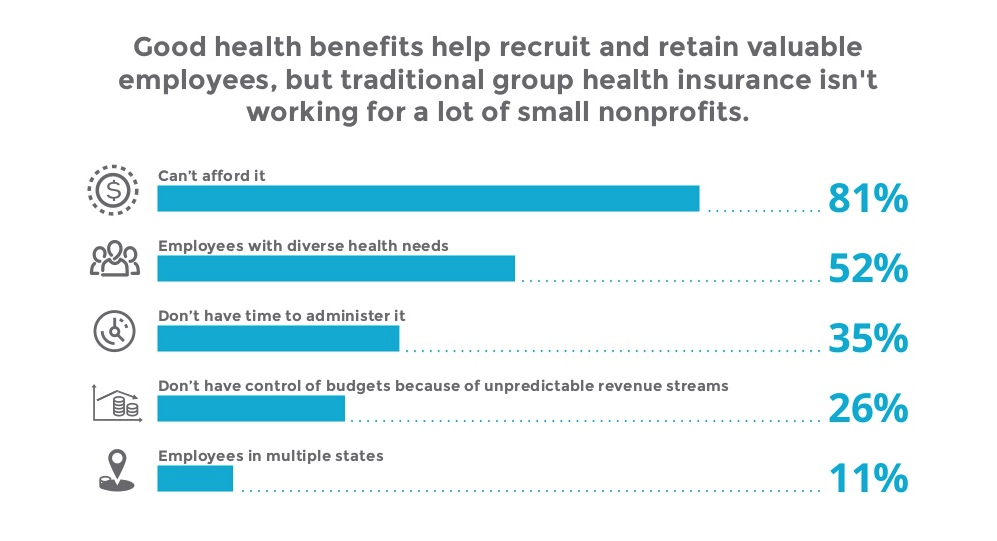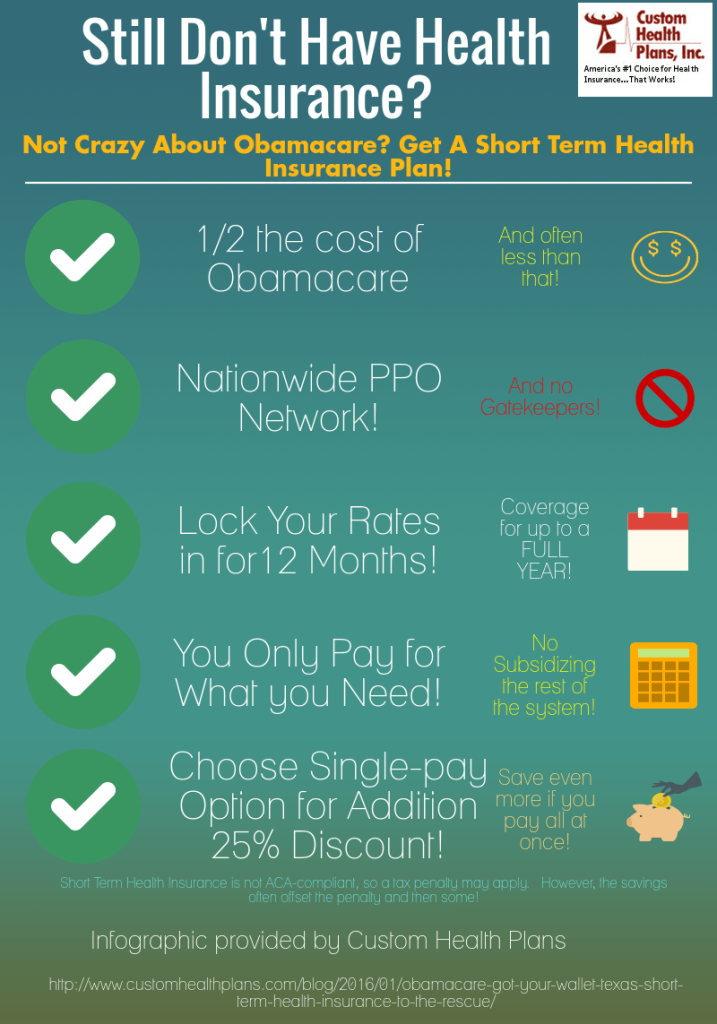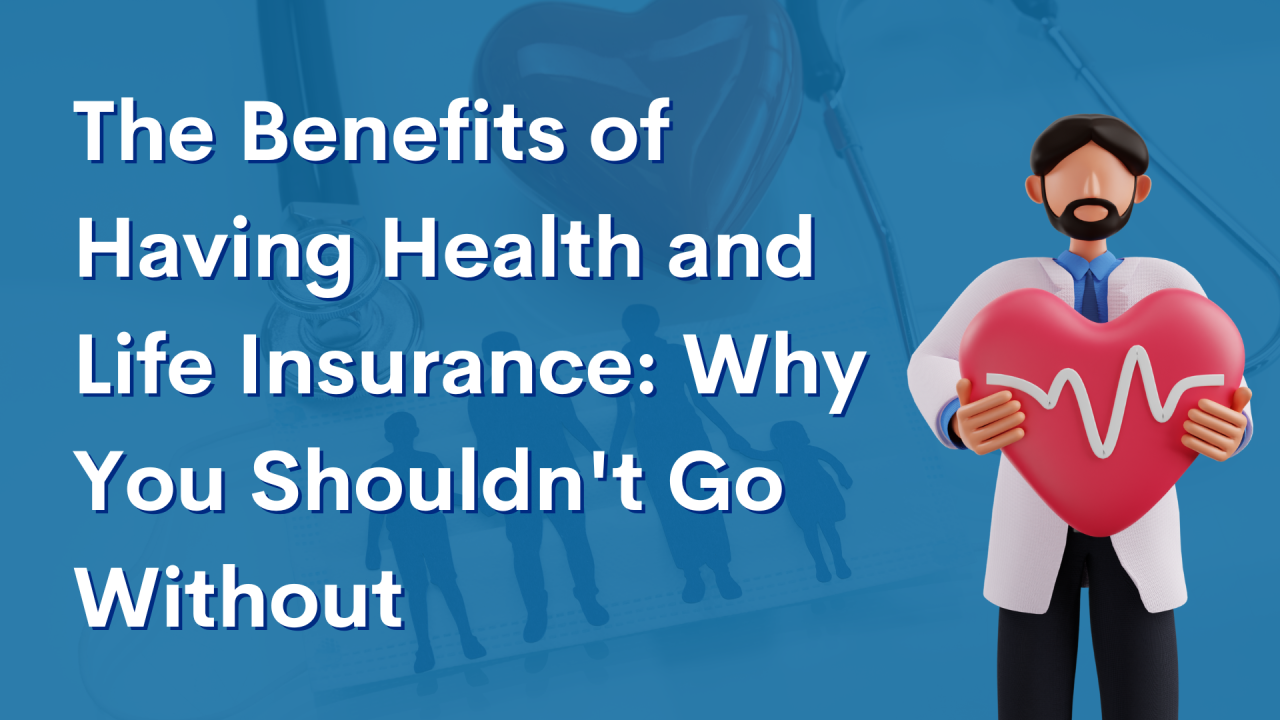Medicare Advantage Agent - Questions
Medicare Advantage Agent - Questions
Blog Article
Getting The Medicare Advantage Agent To Work
Table of ContentsOur Medicare Advantage Agent PDFsThe Medicare Advantage Agent StatementsFascination About Medicare Advantage Agent

adheres to from puzzling the reasonably young age profile of the without insurance with the better health, usually, of younger persons. This obscures the web link in between wellness condition and wellness insurance policy. For those without accessibility to office medical insurance, inadequate wellness is a prospective obstacle to purchasing nongroup protection since such protection might be extremely valued, exclude preexisting problems, or be merely not available. The variety of uninsured Americans is not specifically big and has not changed in current years. 7 out of 10 participants in an across the country representative survey thought that fewer Americans lacked health insurance policy than in fact do(Fronstin, 1998). About fifty percent(47 percent )believed that the variety of individuals without medical insurance reduced or continued to be constant over the latter half of the last decade(Blendon et al., 1999). This drop of nearly 2 million in the number of individuals 'without insurance (a decrease
of about 4 percent)is certainly a favorable modification. With a softer economic climate in 2000 the current reported gains in insurance policy coverage may not continue(Fronstin, 2001 ). The decrease in the number of uninsured will certainly not proceed if the economic climate stays slow-moving and healthcare costs proceed to outmatch rising cost of living. This is because the information were collected for a period of solid financial performance. Of the estimated 42 million individuals who were uninsured, almost about 420,000(regarding 1 percent)were under 65 years of age, the age at which most Americans end up being qualified for Medicare; 32 million were grownups in between ages 18 and 65, around 19 percent of all grownups in this age group; and 10 million were youngsters under 18 years of age, concerning 13.9 percent of all kids (Mills, 2000). These estimates of the variety of persons uninsured are generated from the annual March Supplement to the Existing Population Study (CPS), conducted by the Census Bureau. Unless otherwise kept in mind, nationwide estimates of people without health insurance policy and proportions of the population with different kinds of coverage are based upon the CPS, the most commonly used source of quotes of insurance coverage and uninsurance prices. These studies and the quotes they generate are defined briefly in Table B. 1 in Appendix B - Medicare Advantage Agent. These studies differ in dimension and sampling methods, the questions that are inquired about insurance
The Medicare Advantage Agent Statements
coverage, and the moment period over which insurance coverage or uninsurance is gauged(Lewis et al., 1998, Fronstin, 2000a ). Still, the CPS is especially useful since it produces annual price quotes relatively swiftly, reporting the previous year's insurance policy protection approximates each September, and because it is the basis for a constant collection of estimates for more than two decades, permitting evaluation of fads in protection with time.

The Facts About Medicare Advantage Agent Revealed
The partnership in between health and wellness insurance policy and access to care is well established, as recorded later on in this chapter. The partnership between health insurance policy and health and wellness results is neither direct nor simple, a comprehensive medical and health services study literature web links health and wellness insurance coverage
to improved access to care, better far betterTop quality and improved personal individual population health health and wellnessStanding The second report, on individual wellness outcomes for without insurance grownups, is represented by the innermost circle of the figure, while the third report, on family well-being, includes the subjects of the second record but highlights a different system of analysis, specifically, the family.
It concentrates specifically on those without any kind of health insurance for any type of size of time. The problems dealt with by the underinsured remain in some respects comparable to those dealt with by the uninsured, although they are generally less serious. Uninsurance and underinsurance, however, include clearly different policy problems, and the approaches for addressing them may vary. Throughout this research and the five records to adhere to, the primary focus is on persons without medical insurance and thus no support in spending for healthcare past what is readily available through charity and safety and security internet institutions. Health and wellness insurance is an effective aspect affecting receipt of care since both individuals and doctors react to the out-of-pocket price of services. Medical insurance, nonetheless, is neither needed nor adequate to get accessibility to clinical services. The independent and straight next page impact of wellness
insurance insurance policy on access accessibility health wellness is well establishedDeveloped Others will certainly obtain the healthcare they need even without medical insurance, by paying for it expense or seeking it from suppliers that supply care cost-free or at very subsidized prices. For still others, medical insurance alone does not make sure receipt of care as a result of other nonfinancial obstacles, such as a lack of health care carriers in their area, restricted accessibility to transport, illiteracy, or etymological and cultural distinctions. Formal study regarding without insurance populations in the USA dates to the late 1920s and early 1930s when the Board on the Cost of Treatment generated a series of reports concerning funding physician office check outs and hospitalizations. This problem ended up being significant as the varieties of medically indigent climbed during the Great Clinical depression. Empirical researches consistently support the web link between accessibility to care and enhanced wellness results(Bindman et al., 1995; Starfield, 1995 ). Having a normal resource of treatment can be thought about a forecaster of accessibility, rather than a straight action of it, when wellness outcomes are themselves utilized as accessibility signs. This expansion of the concept of accessibility measurement was made by the IOM Board on Keeping An Eye On Access to Personal Health Treatment Services(Millman, 1993, p. Whether parents are insured appears to influence whether or not their children receive treatment along with just how much careeven if the youngsters themselves have coverage(Hanson, 1998). The health and wellness of moms and dads can influence their ability to care for their children and the level of household tension. Fretting about their children's access to care is itself a resource of stress and anxiety for moms and dads. 3 chapters follow in this record. Chapter 2 provides a summary of exactly how employment-based medical insurance, public programs and private insurance plans operate and connect to supply considerable but insufficient insurance coverage of the united state populace. This consists of an evaluation of historic fads and public laws influencing both public and personal insurance, a conversation of the communications amongst the different sorts of insurance, and an examination of why individuals relocate from one program to another or wind up

Report this page